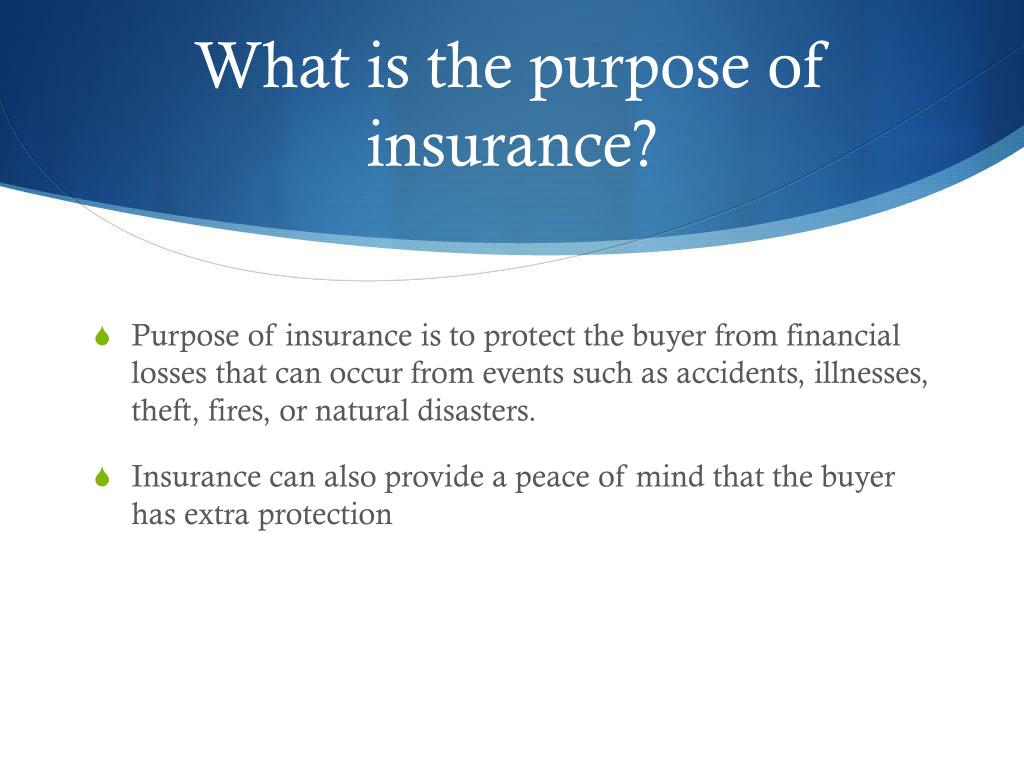A Biased View of Pacific Prime
A Biased View of Pacific Prime
Blog Article
Pacific Prime Things To Know Before You Buy
Table of ContentsSome Ideas on Pacific Prime You Should Know9 Simple Techniques For Pacific PrimePacific Prime - TruthsNot known Facts About Pacific PrimeThings about Pacific Prime

This is since the information were collected for a duration of strong financial efficiency. Of the estimated 42 million individuals who were uninsured, just about regarding 420,000 (regarding 1 percent) were under 65 years of age, the age at which most Americans come to be qualified for Medicare; 32 million were adults in between ages 18 and 65, about 19 percent of all grownups in this age team; and 10 million were kids under 18 years old, regarding 13.9 percent of all youngsters (Mills, 2000).
These estimates of the number of individuals without insurance are created from the annual March Supplement to the Current Population Survey (CPS), performed by the Census Bureau. Unless otherwise kept in mind, nationwide quotes of people without health insurance and percentages of the populace with various sort of coverage are based on the CPS, the most widely used source of quotes of insurance policy coverage and uninsurance rates.
The Ultimate Guide To Pacific Prime

Still, the CPS is particularly beneficial since it creates annual quotes relatively rapidly, reporting the previous year's insurance policy coverage approximates each September, and since it is the basis for a constant set of quotes for more than 20 years, permitting analysis of fads in coverage with time. For these factors, as well as the substantial usage of the CPS in various other studies of insurance protection that exist in this report, we rely upon CPS quotes, with constraints noted.

The estimate of the variety of uninsured people expands when a population's insurance policy standing is tracked for a number of years. Over a three-year duration starting early in 1993, 72 million people, 29 percent of the united state populace, lacked protection for at least one month. Within a solitary year (1994 ), 53 million people experienced at least a month without protection (Bennefield, 1998a)
Six out of every ten without insurance adults are themselves utilized. Homepage Although functioning does boost the probability that one and one's member of the family will have insurance, it is not a warranty. Also members of families with two permanent wage earners have almost a one-in-ten chance of being uninsured (9.1 percent without insurance price) (Hoffman and Pohl, 2000).
Pacific Prime Fundamentals Explained
New immigrants account for a substantial percentage of people without medical insurance. One analysis has connected a substantial section of the recent development in the size of the united state uninsured population to immigrants who showed up in the country in between 1994 and 1998 (Camarota and Edwards, 2000). Recent immigrants (those that concerned the United States within the previous four years) do have a high rate of being uninsured (46 percent), but they and their kids represent just 6 percent of those without insurance policy across the country (Holahan et al., 2001).
The relationship between health insurance and access to care is well developed, as recorded later in this chapter. Although the connection between medical insurance and health and wellness end results is neither straight nor easy, an extensive clinical and health services study literary works web links health and wellness insurance coverage to improved access to care, better high quality, and enhanced individual and populace health status.
Levels of analysis for examining the results of uninsurance. This discussion of wellness insurance policy coverage concentrates mainly on the U.S. populace under age 65 since essentially all Americans 65 and older have Medicare or various other public protection. It concentrates specifically on those without any kind of health insurance policy for any type of size of time.
Not known Facts About Pacific Prime
The problems dealt with by the underinsured remain in some areas similar to those dealt with by the uninsured, although they are generally much less extreme. international health insurance. Uninsurance and underinsurance, nonetheless, involve distinctly various plan issues, and the methods for addressing them may differ. Throughout this research and the five records to follow, the major emphasis gets on individuals with no medical insurance and thus no assistance in spending for healthcare beyond what is available via charity and safeguard organizations
Medical insurance is an effective aspect influencing receipt of care because both patients and physicians respond to the out-of-pocket rate of solutions - https://pacificpr1me.start.page. Wellness insurance coverage, nonetheless, is neither required neither sufficient to access to clinical solutions. The independent and direct effect of health insurance coverage on accessibility to wellness solutions is well developed.
Others will certainly get the healthcare they require also without medical insurance, by paying for it out of pocket or seeking it from providers who provide treatment complimentary or at highly subsidized rates. For still others, wellness insurance coverage alone does not ensure receipt of treatment due to various other nonfinancial obstacles, such as a lack of healthcare companies in their area, limited accessibility to transportation, illiteracy, or linguistic and social differences.
Fascination About Pacific Prime
Official research study regarding without insurance populations in the United States dates to the late 1920s and very early 1930s when the Committee on the Cost of Healthcare generated a series of reports concerning financing medical professional workplace sees and hospital stays. This issue came to be salient as the varieties of medically indigent climbed up throughout the Great Anxiety.
Report this page